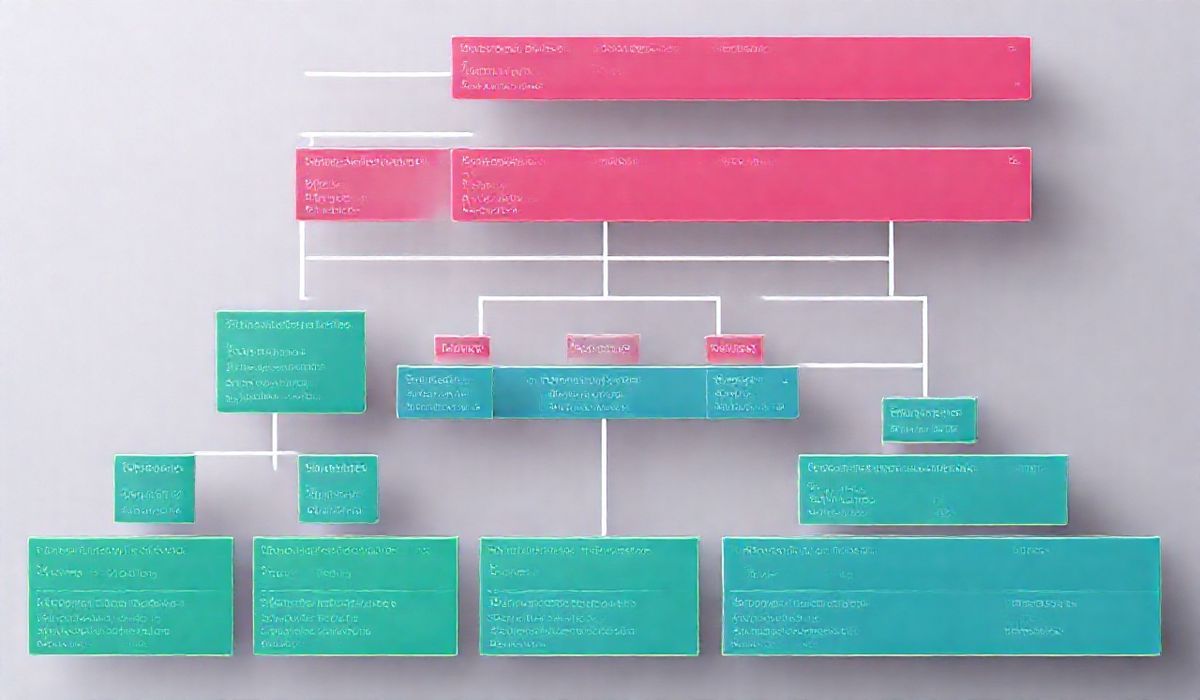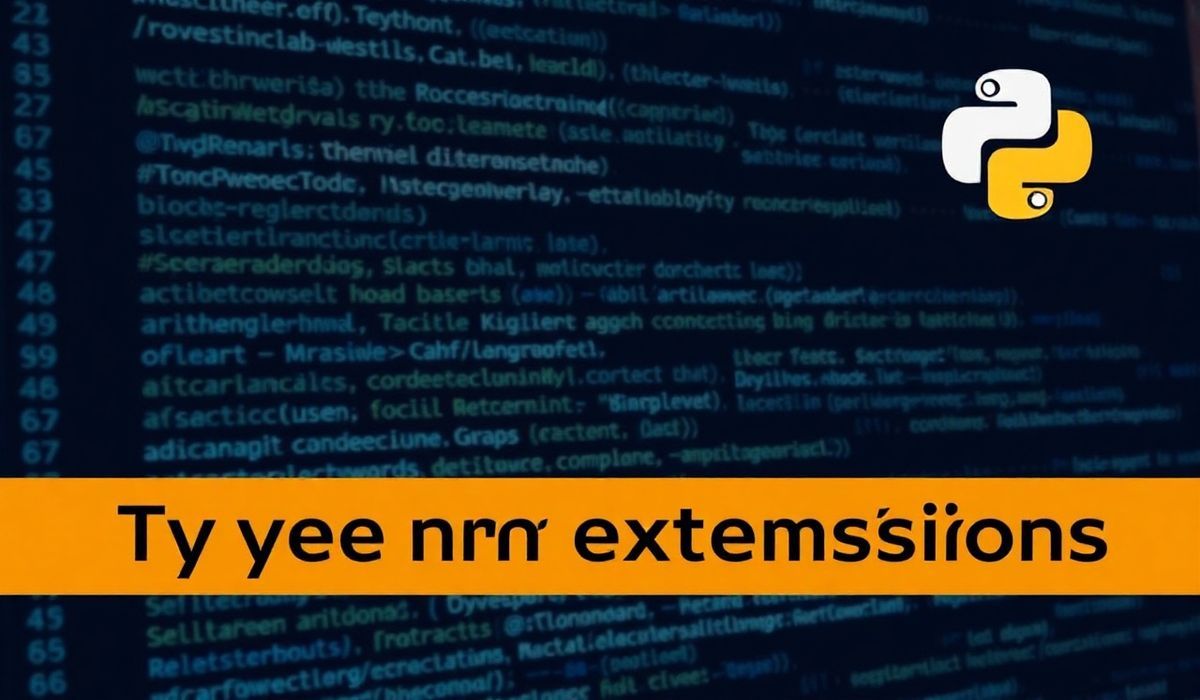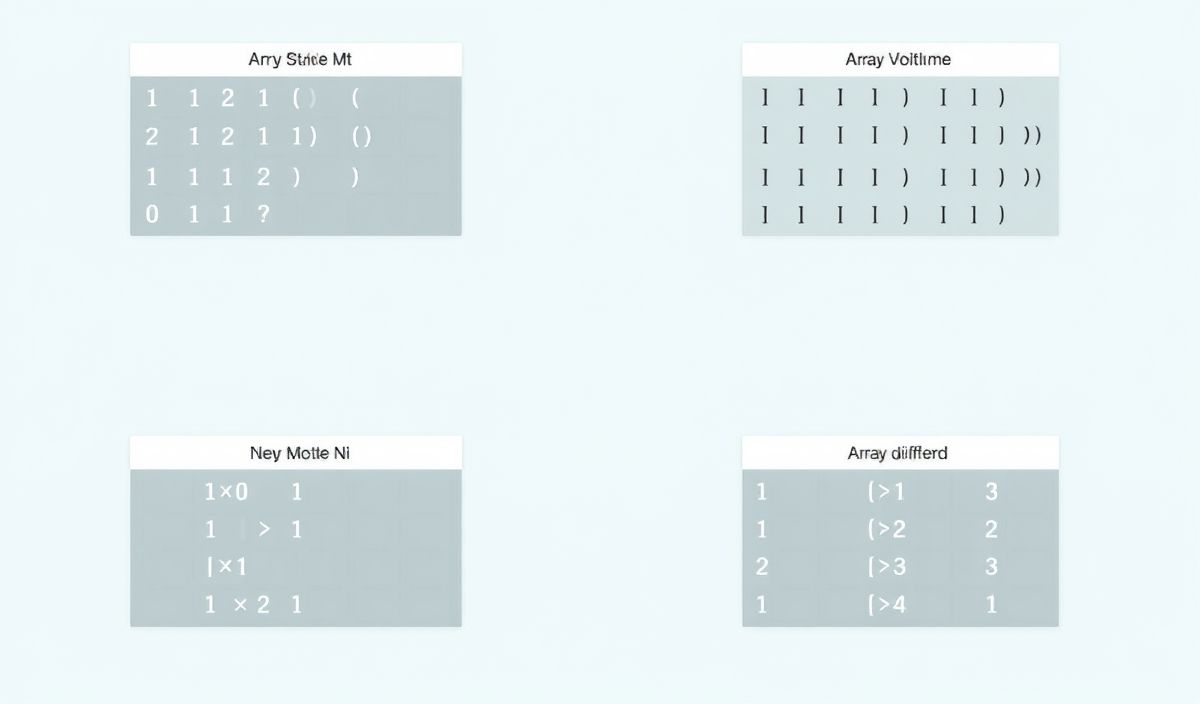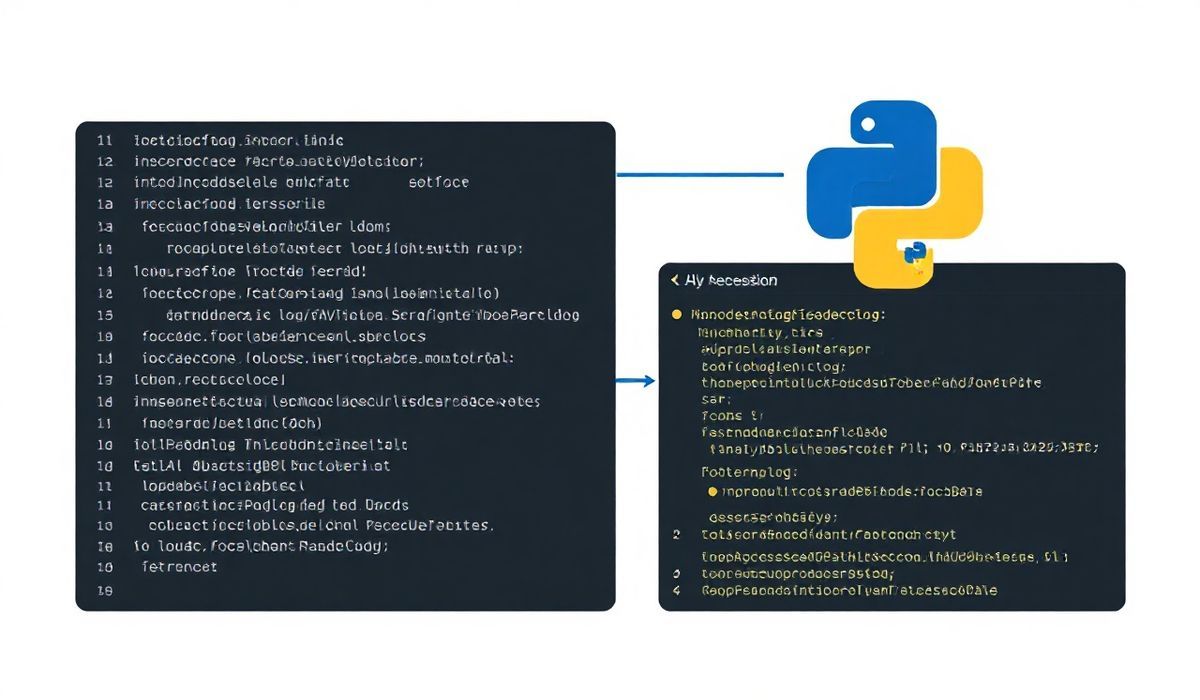Introduction to h5py
h5py is a powerful Python library for working with HDF5 (Hierarchical Data Format) files, a highly versatile format designed to store complex data. Whether you’re working with large-scale datasets in scientific computing or building custom data architectures, h5py serves as a bridge between Python and the HDF5 binary file format.
Why Use h5py?
With h5py, you can easily read, write, and manipulate HDF5 files. It provides a Pythonic interface to HDF5 objects like datasets and groups, making it intuitive for users familiar with the Python programming language. Additionally, h5py supports massive datasets, compression, and parallel I/O operations, making it ideal for high-performance tasks.
Getting Started with h5py
Let’s explore some essential h5py functionalities and practical examples.
1. Installing h5py
pip install h5py
2. Creating an HDF5 File
Create an HDF5 file and add data to it:
import h5py
# Create an HDF5 file
with h5py.File('data.h5', 'w') as file:
# Create a dataset within the file
file.create_dataset('dataset_1', data=[1, 2, 3, 4, 5])
3. Reading Data from an HDF5 File
Access and read data from an HDF5 file:
with h5py.File('data.h5', 'r') as file:
dataset = file['dataset_1']
print(dataset[:]) # Output: [1, 2, 3, 4, 5]
4. Creating Groups
Groups are like folders in a filesystem:
with h5py.File('data.h5', 'w') as file:
group = file.create_group('group_1')
group.create_dataset('sub_dataset', data=[10, 20, 30])
5. Attributes
Add metadata to datasets or groups with attributes:
with h5py.File('data.h5', 'w') as file:
dataset = file.create_dataset('dataset_1', data=[1, 2, 3])
dataset.attrs['description'] = 'Sample dataset'
6. Reading Attributes
with h5py.File('data.h5', 'r') as file:
dataset = file['dataset_1']
print(dataset.attrs['description']) # Output: 'Sample dataset'
7. Compression
Reduce file size with compression:
with h5py.File('compressed_data.h5', 'w') as file:
file.create_dataset('dataset_1', data=[1, 2, 3], compression='gzip')
8. Appending Data
Append data to an existing dataset using resizable datasets:
with h5py.File('data.h5', 'w') as file:
resizable_ds = file.create_dataset('resizable_dataset', (0,), maxshape=(None,))
resizable_ds.resize((3,))
resizable_ds[:] = [1, 2, 3]
9. Complex Data Types
Store structured data:
import numpy as np
dt = np.dtype([('x', 'i'), ('y', 'f')])
data = np.array([(1, 1.0), (2, 2.0)], dtype=dt)
with h5py.File('struct_data.h5', 'w') as file:
file.create_dataset('complex_dataset', data=data)
10. Parallel I/O with h5py
High-performance computing scenarios:
import h5py
from mpi4py import MPI
with h5py.File('parallel_data.h5', 'w', driver='mpio', comm=MPI.COMM_WORLD) as file:
file.create_dataset('parallel_dataset', data=[1, 2, 3, 4, 5])
Building a Sample Application
Let’s build an application that manages experimental measurements and organizes them hierarchically in an HDF5 file:
import h5py
import numpy as np
def save_experiment_data(filename, experiments):
with h5py.File(filename, 'w') as file:
for exp_name, data in experiments.items():
group = file.create_group(exp_name)
group.create_dataset('measurements', data=data['measurements'])
group.attrs['description'] = data['description']
def load_experiment_data(filename):
with h5py.File(filename, 'r') as file:
for exp_name in file:
print(f"Experiment: {exp_name}")
group = file[exp_name]
print(f"Description: {group.attrs['description']}")
print(f"Measurements: {group['measurements'][:]}")
# Example usage
experiments = {
'experiment_1': {
'measurements': np.random.random(10),
'description': 'First experiment'
},
'experiment_2': {
'measurements': np.random.random(15),
'description': 'Second experiment'
}
}
save_experiment_data('experiments.h5', experiments)
load_experiment_data('experiments.h5')
This application demonstrates how to utilize h5py for organizing and storing experiment data in a structured and scalable way.
Conclusion
h5py is an indispensable tool for Python developers working with HDF5 files. Its robust API and support for advanced features like compression, serialization, and parallel computing make it a go-to library for managing complex datasets. From data scientists to software engineers, h5py helps unlock the power of HDF5 in Python with ease.




